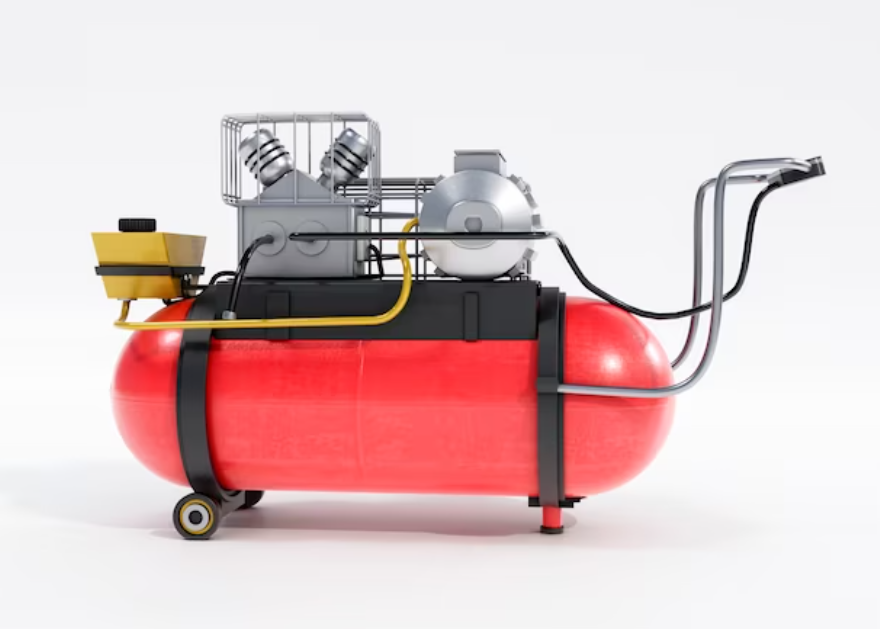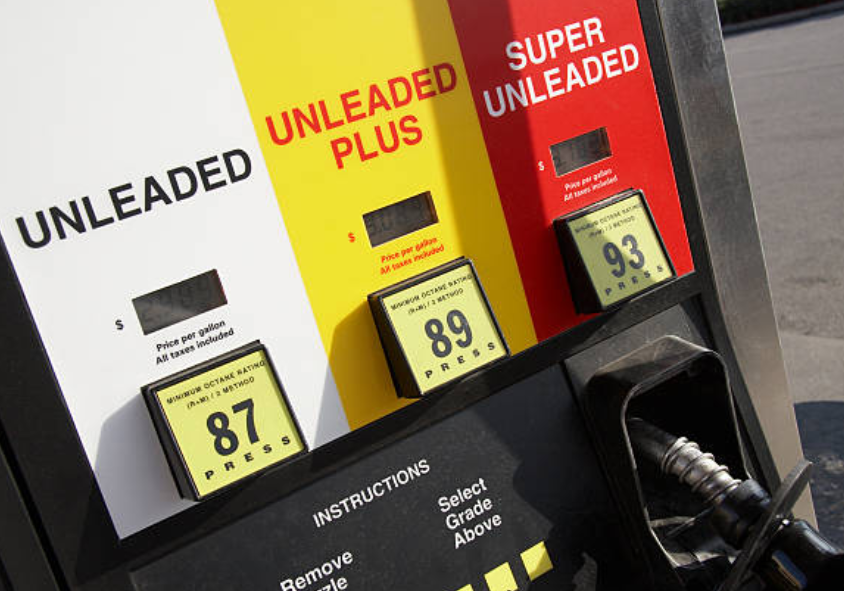What is Bondo? Everything You Need to Know
Car body repair can seem daunting, especially with dents, scratches, or rust damage. However, Bondo has made these repairs accessible to both professionals and DIY enthusiasts. Known for its versatility and ease of use, Bondo is a staple in automotive repair. But what exactly is Bondo, and how can it help restore your car?
This guide explores the essentials of Bondo, its composition, and its applications, providing you with the knowledge to tackle car body repairs confidently. Whether you're a seasoned mechanic or a novice, understanding Bondo is the first step toward achieving a smooth, flawless finish on your vehicle.
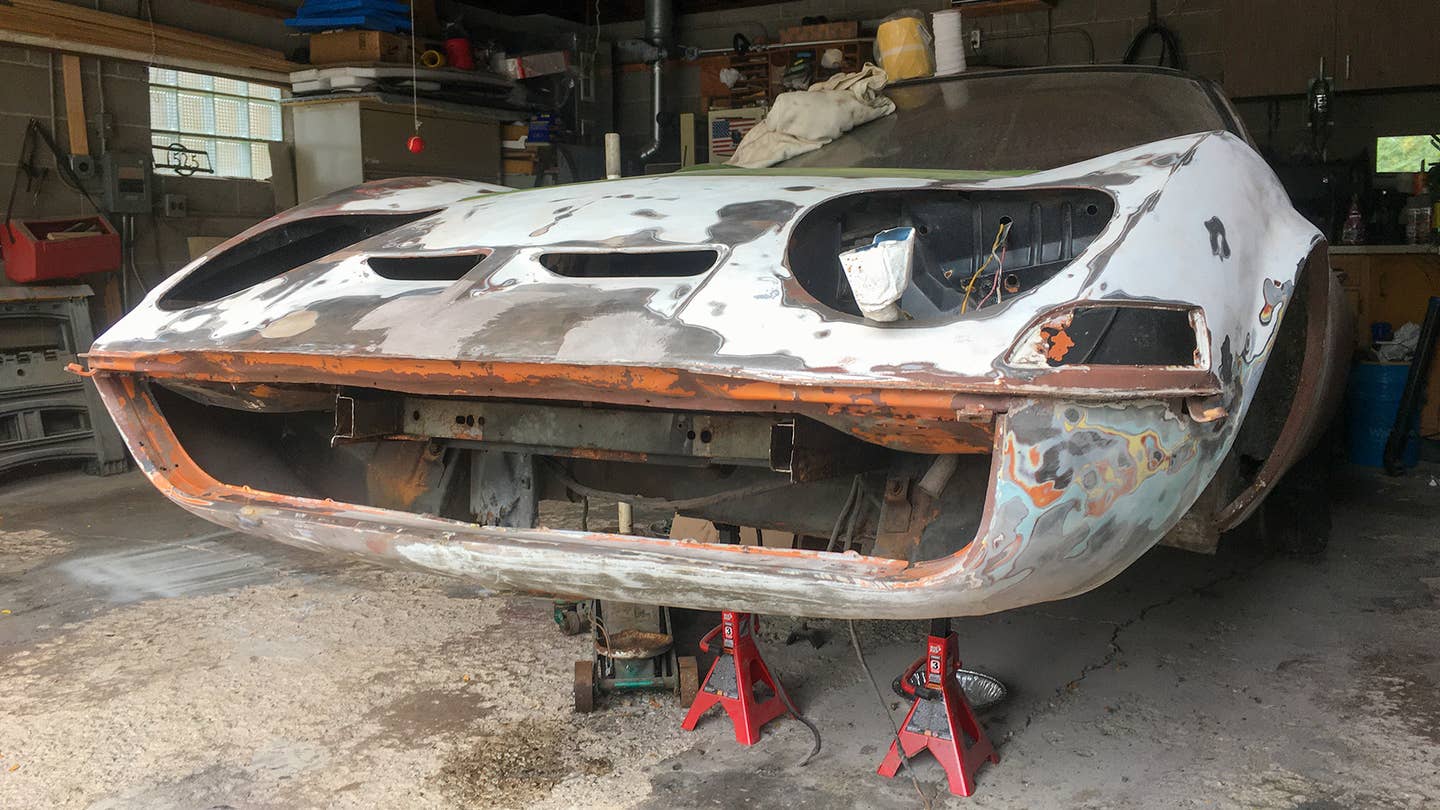
What Is Bondo For cars?
Bondo is a well-known brand name that has become synonymous with body filler used in automotive repair. It's a versatile and essential material for repairing dents, dings, and various surface imperfections on cars. Whether used by professional auto body shops or DIY enthusiasts, Bondo has earned its reputation for being an effective and user-friendly solution for vehicle restoration.
If a vehicle suffers significant damage or extensive rust, the recommended approach is to replace the affected metal entirely, particularly for high-value cars. However, for minor damage or on vehicles with lesser value or in decent condition, Bondo is a viable option. When utilized appropriately and in moderation, Bondo and similar body fillers can result in a smooth finish that endures well over time.
For many individuals, vehicle damage is inevitable, and body filler serves as a valuable tool for restoration assistance. Nonetheless, improper usage can lead to significant issues for car owners.
Body filler serves as a finishing touch to address small gaps, dents, or rough surfaces, complementing underlying structural repairs. Nevertheless, some technicians may take shortcuts, forgoing essential metalwork repairs and relying solely on body filler to mask imperfections. This practice has several drawbacks.
Firstly, the outcome may appear unsightly. While priming and painting can somewhat mimic the appearance of sheet metal, maintaining the original vehicle's dimensional accuracy and character lines becomes challenging with excessive body filler.
Moreover, body filler lacks the strength of sheet metal. If structural issues remain hidden beneath layers of filler, it won't withstand collision forces adequately. Additionally, body filler does not prevent rust. Applying it over untreated rust merely conceals the damage, allowing corrosion to persist unnoticed and potentially exacerbate future problems.
Even when applied correctly, numerous spots of body filler across a vehicle may indicate a history of rough treatment.
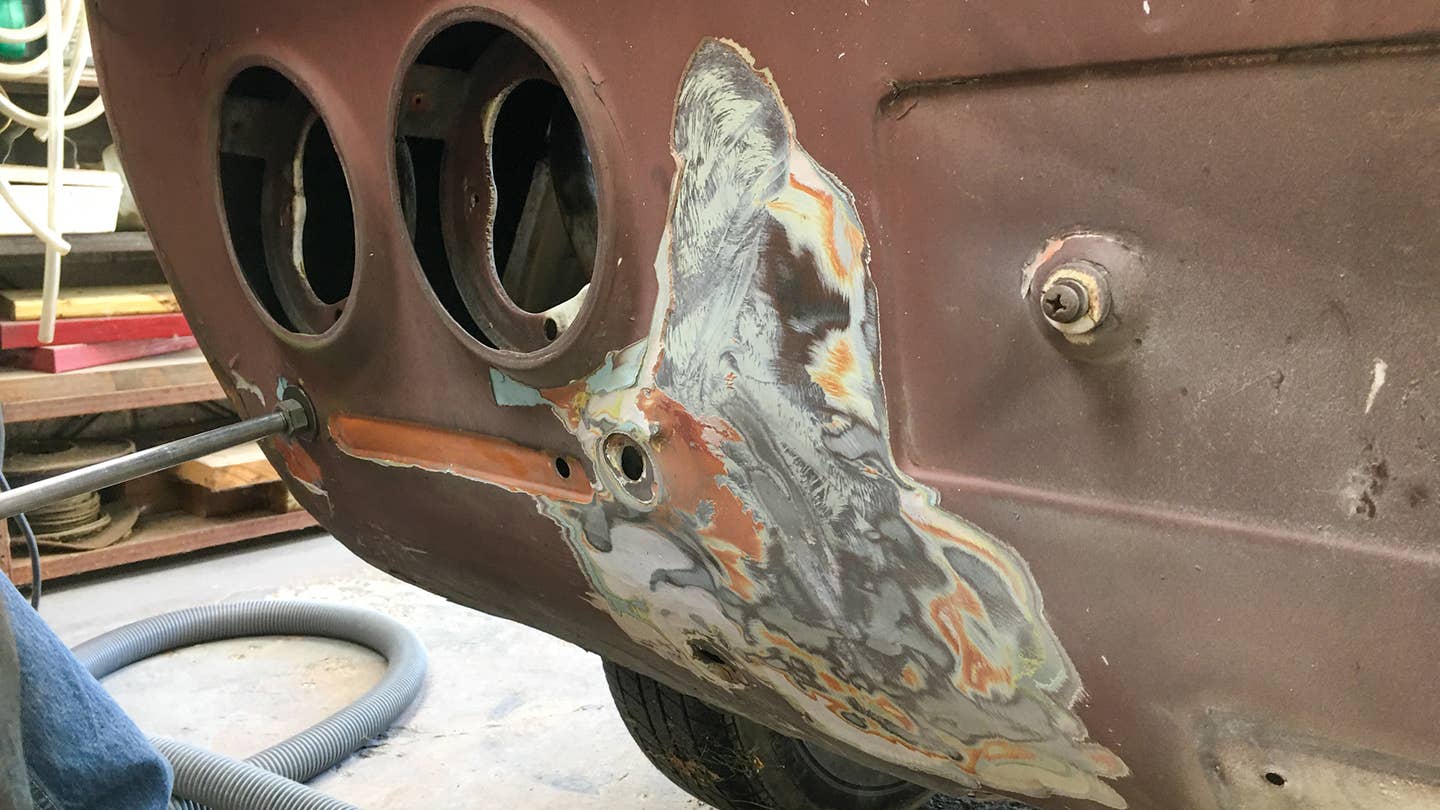
Bondo's primary component is polyester resin, which acts as a binding agent. This resin is mixed with talc powder to create a smooth and workable texture. Some Bondo formulations also include fiberglass strands, which add strength and durability, making them suitable for larger or more structurally demanding repairs.
There are different types of Bondo available, each designed for specific repair needs:
Standard Bondo: The most common type, used for general repairs and minor surface imperfections.
Bondo with Fiberglass: contains fiberglass strands for added strength, making it ideal for larger repairs.
Lightweight Bondo: easier to apply and sand, perfect for smaller repairs that require a smooth finish.
Bondo is primarily used for repairing small dents and scratches. These are the minor surface damages that occur from everyday use, such as parking lot dings or small impacts. By applying Bondo to these areas, the surface can be smoothed out and prepped for painting, restoring the car's original appearance.
For larger repairs, Bondo can fill rust holes and reshape damaged areas. Rust can eat through metal, creating holes and weak spots. Bondo fills these holes, creating a solid surface that can be sanded and painted. Similarly, if a part of the car has been damaged and bent out of shape, Bondo can build up the area and restore its original form.

The application of Bondo involves several critical steps:
Preparation:
- Clean the surface to remove any dirt, grease, or rust.
- Sand the area to ensure proper adhesion.
- Apply a primer to help with adhesion and prevent future rusting.
Mixing Bondo:
- Mix the filler with the appropriate amount of hardener, typically a small amount (usually a pea-sized amount of hardener to a golf ball-sized amount of filler).
- Ensure thorough mixing to achieve uniform consistency.
Application:
- Apply the mixed bondo to the damaged area using a putty knife.
- Spread it evenly, filling in all the gaps.
- For deeper repairs, apply multiple layers, allowing each to cure before adding the next.
4. Curing and sanding:
- Allow the bondo to cure, which varies based on temperature and hardener amount.
- Sand the area to achieve a smooth finish that blends seamlessly with the surrounding surface.
Advantages:
- Cost-effective: Bondo is relatively inexpensive compared to extensive metalwork.
- Ease of use: Even those with limited experience can achieve good results.
- Quick drying time: Repairs can be completed swiftly.
Disadvantages:
- Potential for cracking: Improper application can lead to cracking over time.
- Limited durability: Bondo is not as durable as metal repairs.
- Skill required: Achieving a seamless finish requires patience and precision.
To ensure a successful application of Bondo, here are five essential tips to consider:
-
Work in Small Batches: Prevent premature hardening by working in small batches. This allows you more time to apply and shape the filler, ensuring a seamless finish.
-
Use Proper Tools: Quality tools make a significant difference in the outcome of your Bondo application. Invest in high-quality putty knives and sanding blocks to achieve a smooth finish and precise results.
-
Prepare the Surface Thoroughly: Before applying Bondo, ensure the surface is clean, dry, and free of any contaminants. Proper preparation ensures better adhesion and a more durable repair.
-
Mix Bondo Properly: Achieve the perfect consistency by thoroughly mixing Bondo with the appropriate amount of hardener. Follow the manufacturer's instructions carefully to ensure the filler cures properly.
-
Practice safety precautions: Bondo contains chemicals that can be harmful if inhaled or in contact with the skin. Wear gloves and a mask to protect yourself, and work in a well-ventilated area to minimize exposure to fumes. Safety should always be a priority when working with any automotive repair materials.
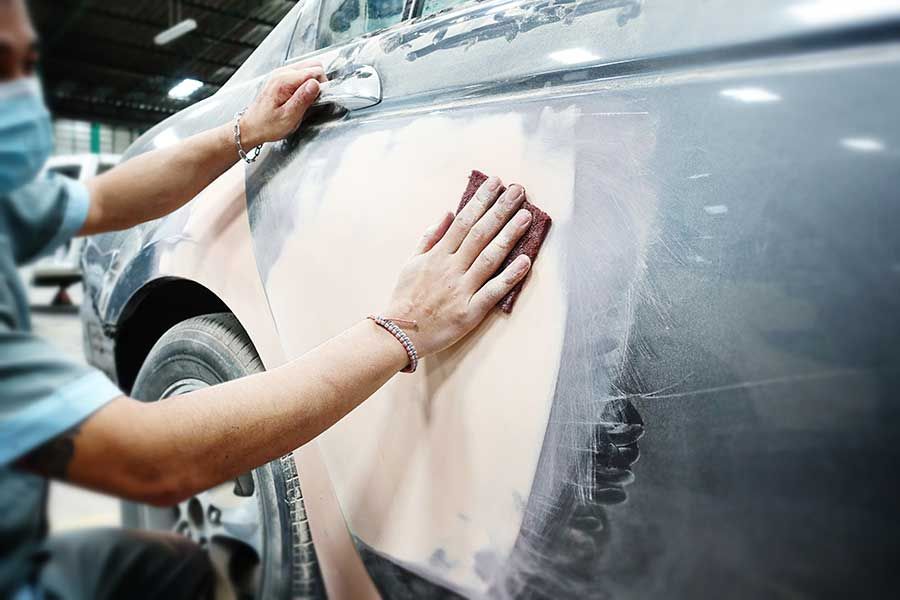
Is Bondo easy to use?
Yes, Bondo is relatively easy to use, but achieving a seamless finish requires proper preparation and application techniques.
Are there different types of Bondo?
Yes, there are various types of Bondo available, including standard, fiberglass-infused, and lightweight formulations.
How do I apply Bondo to my car?
Clean and prepare the damaged area; mix Bondo with a hardener; apply it with a putty knife; let it cure; and then sand for a smooth finish.
Is Bondo a permanent solution?
Bondo provides a durable repair but may require maintenance over time due to cracking or shrinking.
Bondo plays a crucial role in automotive repair, offering a versatile and effective solution for fixing surface imperfections. Its composition and ease of use make it accessible for both professionals and DIY enthusiasts, while its application process ensures that damaged areas can be restored to their original appearance. Despite its advantages, it's essential to be aware of its limitations and use proper techniques to achieve the best results. Whether you're fixing a small dent or filling a rust hole, Bondo remains a valuable tool in maintaining and repairing your car.
Click on the following link to read another blog post: What Is Turbo Lag? And How Do You Address It?



